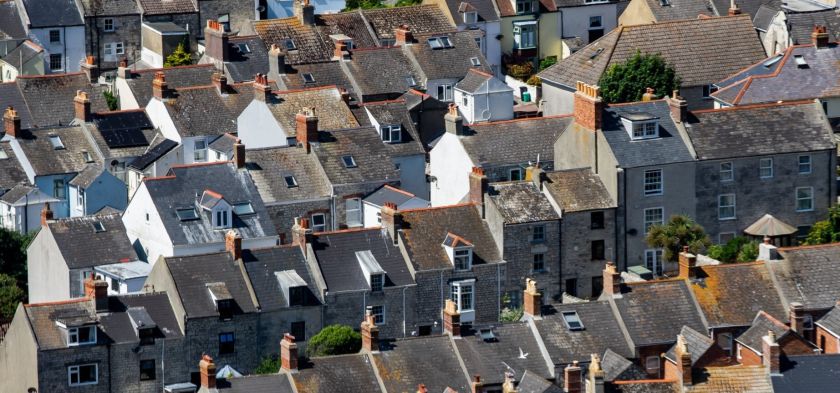There are now 105,750 households in temporary accommodation (TA) including 139,840 children; a new high since records began 25 years ago, breaking the record that had previously been set at the end of March 2023, and in December 2022 before then.
These shocking figures were published alongside the disappointing news that only 9,500 social homes have been built in the past 12 months. This is in spite of mounting pressure on the government from councils, campaigners and MPs, to deliver bold but necessary action to tackle the TA emergency and prevent more lives being blighted by unsafe and unacceptable experiences of TA.
While we are relieved the government finally answered the call to unfreeze housing benefit in the Chancellor’s Autumn Statement, this is not a silver bullet and must be implemented alongside a suite of other solutions. In this analysis of the latest TA statistics, we will also explore some of the solutions we believe would help alleviate the hardship people endure in TA, as well as the pressures on local authorities.







